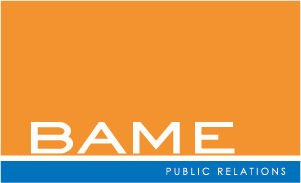Why Traditional Legal Writing Fails in Content Strategy
Sometimes, lawyers need to write as if they were journalists. Here’s why.
Let’s start with the idea that the “inverted pyramid” is the basic structure of any news story. Under this plan, the most fundamental facts, the ones the reader really needs to know, appear in the first paragraph of the story. This is usually the information that corresponds to the “five W’s” of journalism – who, what, when, where and why. Less essential information appears in later paragraphs, roughly in order of its importance.
This time-honored structure, which was born in the days of linotype machines, continues to work well in the busy online world, where so much content is out there competing for the reader’s attention. It gives the reader an immediate idea of what the story is about and permits him or her to choose to read further in the article — or to move on to something else.
In contrast, lawyers are taught to build their legal arguments in exactly the opposite manner: Start with the facts of the case, then discuss the law and show how it applies to the facts. Only then, at the end, do you get to the real point.
That approach is fine for legal briefs, which is what law firm attorneys are accustomed to writing. But when they turn to writing client alerts, blog posts, or other pieces that need to grab the attention of busy readers (many of whom may not be lawyers), they need to get out of their comfort zone and write as if they are journalists. They need to embrace that inverted pyramid and yes, state their conclusions first, right there at the top, before they explain the basis for those conclusions. That’s the only way that anyone will read what they are writing.
Even in a court filing, there’s no law that says you have to wait till Page 30 to tell the judge what you believe she should do. But lawyers and law firms are accustomed to writing briefs that way, and my interest as a PR person lies outside the realm of the courtroom. It’s clear to me that a client alert or a blog post is more like a newspaper article than a brief. The only questions are: What happened, and why does it make a difference?
I can’t be optimistic that things will change anytime soon. I fully expect to continue to see thoseclient alerts that use lawyer talk and begin like this: “On June 15, 2018, the U.S. Court of Appeals for the 7th Circuit ruled that . . .” But the ones that get to the point, right in the first sentence, are the ones that people will read.




